@david-farkas
active 2 years ago-
David Farkas commented on the post, Leica Updates CCD Sensor Corrosion Upgrade Pricing for SL (Typ 601) 8 years ago
In reply to: David Farkas wrote a new post, Leica Updates CCD Sensor Corrosion Upgrade Pricing for SL (Typ 601) In light of the recent price reduction on the Leica SL (Typ 601), Leica USA has just issued an update for the CCD Sensor Corrosion Upgrade program. After the adjustment, upgrading to an SL from a CCD-based M […]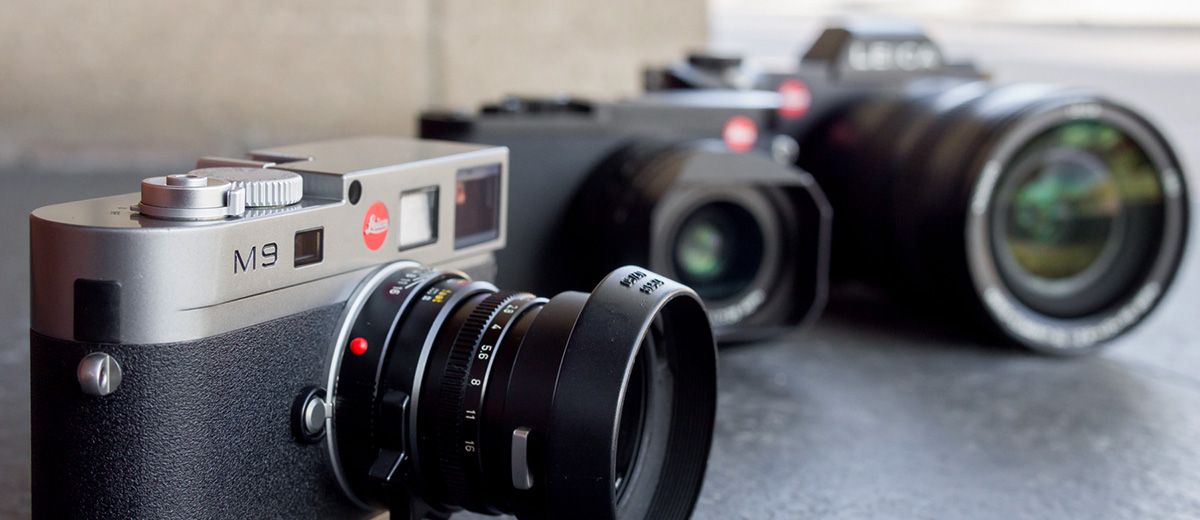 View
View
Sorry, no. The M10 is not part of the upgrade program.
-
David Farkas commented on the post, Leica CL Mirrorless Camera Introduced 8 years ago
In reply to: David Farkas wrote a new post, Leica CL Mirrorless Camera Introduced Today, Leica has expanded their APS-C offerings with a new interchangeable lens mirroless system camera - the Leica CL. With similar specifications to the recently launched Leica TL2, the CL trades in the pure m […]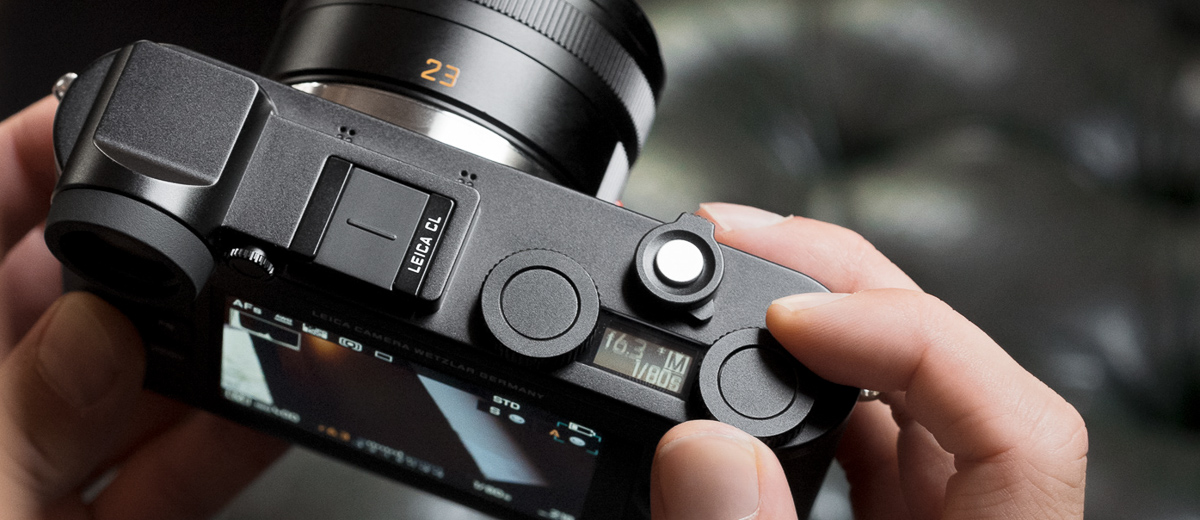 View
View
Carlos,
The Q, with its 24MP full frame sensor will give a little better quality than the CL with an APS-C sensor. Both are going to deliver great results. The Q for me is a mini M camera where I can't take the lens off. Even two years on, it still is best in class.
Really, the decision comes down to one important criteria. If you are looking…[Read more]
-
David Farkas wrote a new post, Leica Elmarit-TL 18mm f/2.8 ASPH Pancake Lens Announced 8 years, 1 month ago
Today, in addition to the Leica CL announcement, Leica has also introduced a new TL lens – the Leica Elmarit-TL 18mm f/2.8 ASPH, in both black and silver. This APS-C sized lens in Leica's new L mount, sets new […]
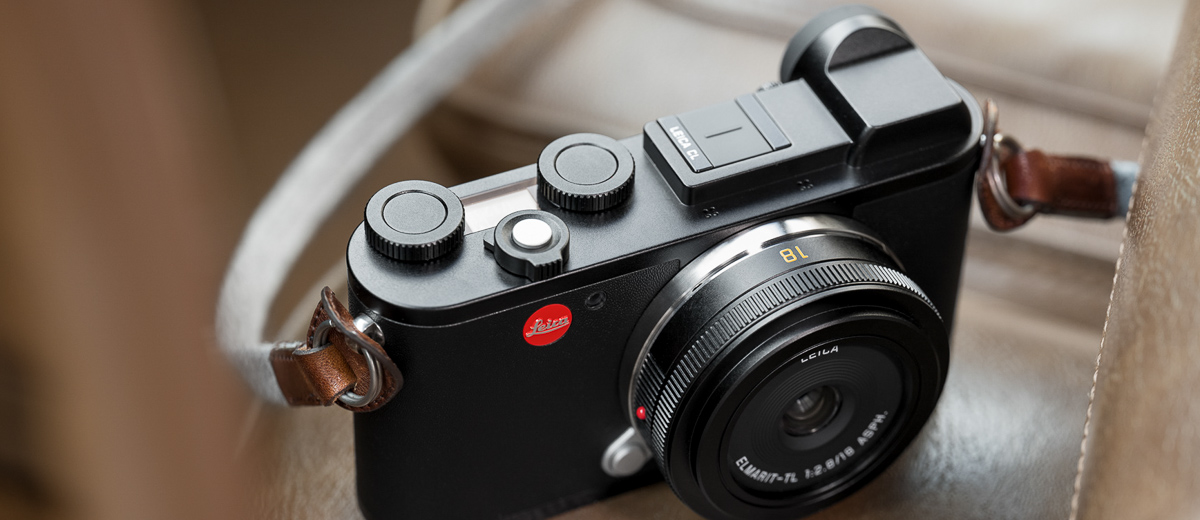
-
David Farkas wrote a new post, Leica CL Mirrorless Camera Introduced 8 years, 1 month ago
Today, Leica has expanded their APS-C offerings with a new interchangeable lens mirroless system camera – the Leica CL. With similar specifications to the recently launched Leica TL2, the CL trades in the pure m […]

-
David Farkas wrote a new post, Leica Announces M-P (Typ 240) “Canada Edition” 8 years, 1 month ago
Today, Leica Camera has announced a limited edition Leica M-P (Typ 240) Set to commemorate the Canada's 150th Anniversary of Confederation. The Leica M-P (Typ 240) “CANADA EDITION” Set includes a custom engraved […]
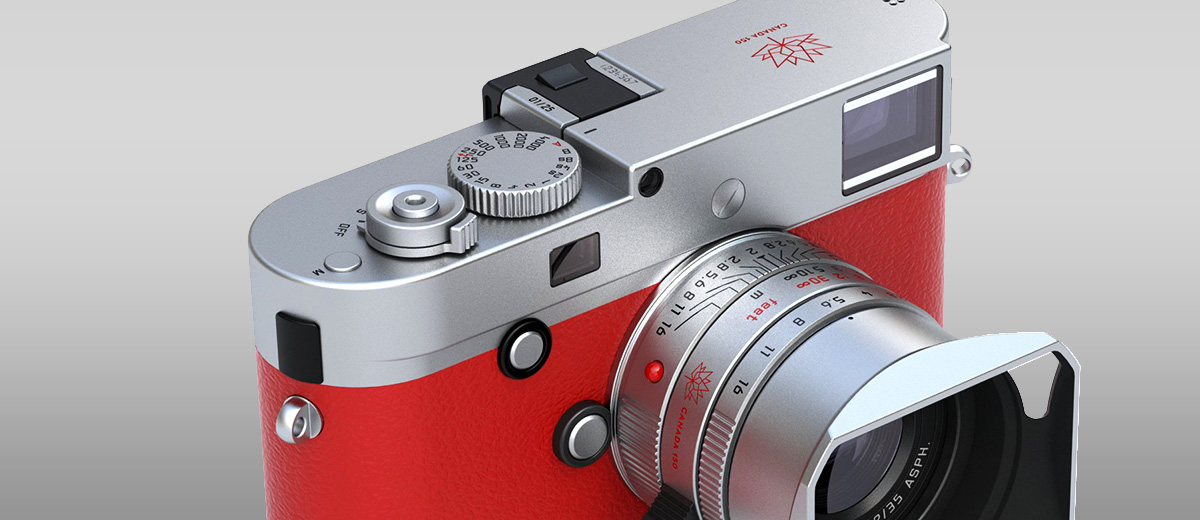
-
David Farkas commented on the post, Leica M10 Review: The Quintessential Digital M 8 years, 1 month ago
In reply to: David Farkas wrote a new post, Leica M10 Review: The Quintessential Digital M The Leica M10 might be the most ‘analog’ digital M yet. And perhaps the most faithful to the M lineage. This should come as no surprise to anyone who has followed Leica’s journey into digital photography over […]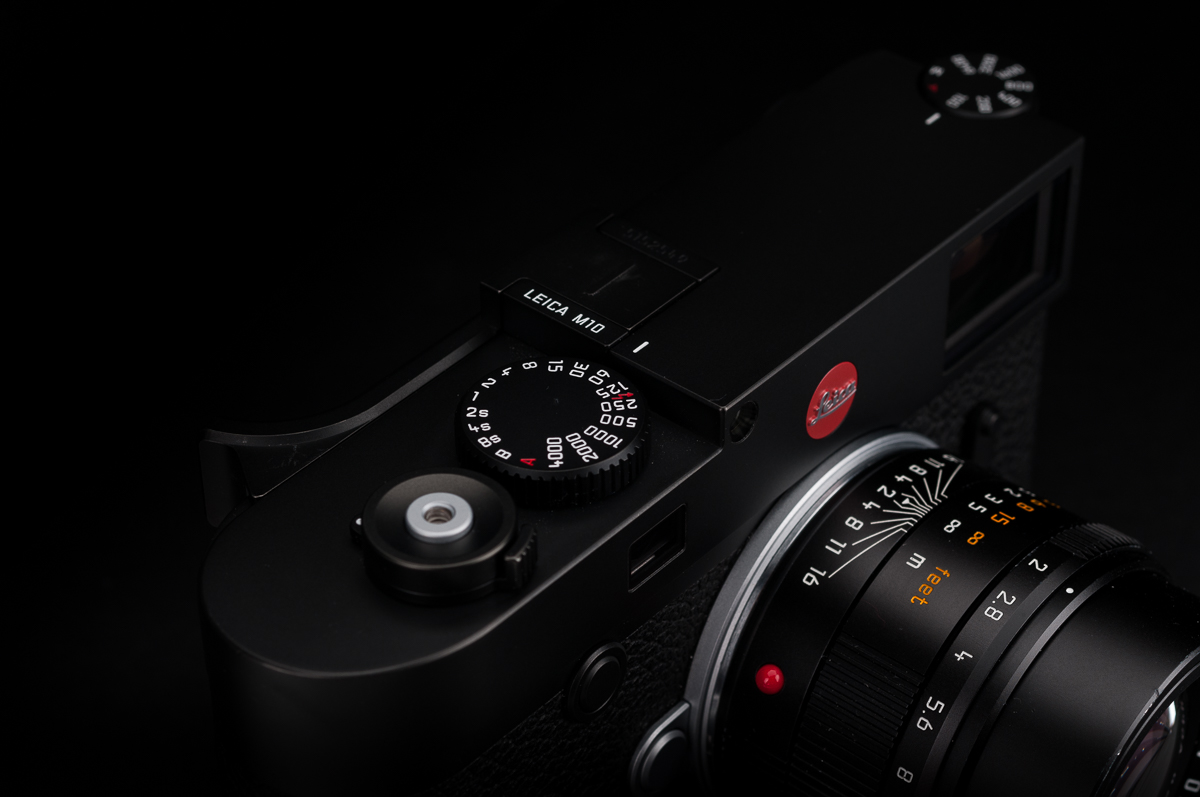 View
View
The M10 has a usable ISO 10,000. The M9 tops out around 1,000. So, about a 3.5 stop advantage.
-
David Farkas commented on the post, Leica M Monochrom ‘Jim Marshall' Set Unboxing 8 years, 1 month ago
In reply to: David Farkas wrote a new post, Leica M Monochrom 'Jim Marshall' Set Unboxing As we recently reported, the newly released Leica M Monochrom 'Jim Marshall' Set has just started shipping. We were able to briefly get our hands on one of the first ones, thanks to its very generous owner, and do […]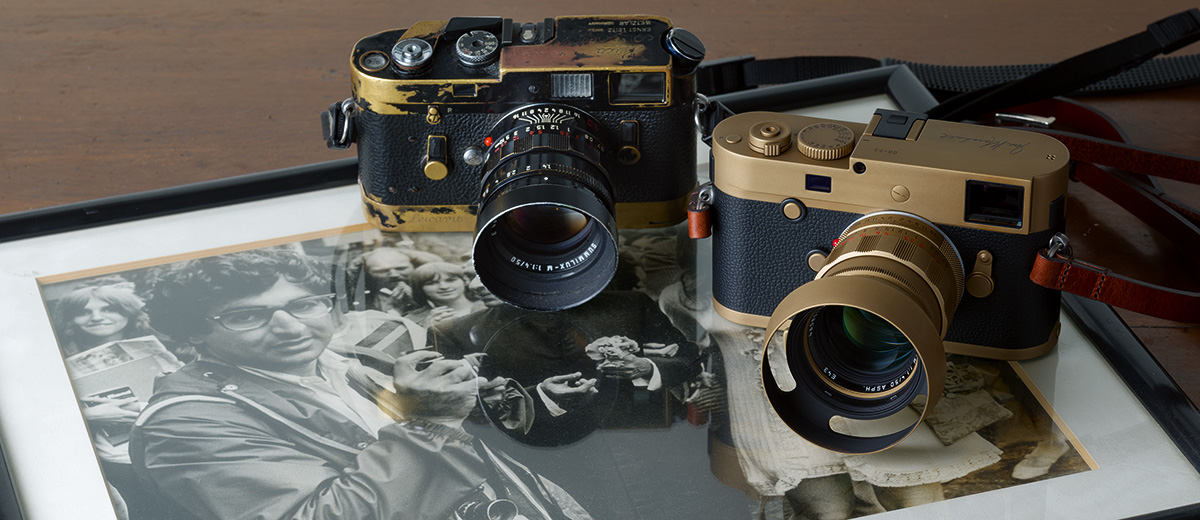 View
View
Digital has come a long way since Jim's passing. I'd like to think he would have heartily embraced the M Monochrom.
-
David Farkas commented on the post, Leica M10 Review: The Quintessential Digital M 8 years, 1 month ago
In reply to: David Farkas wrote a new post, Leica M10 Review: The Quintessential Digital M The Leica M10 might be the most ‘analog’ digital M yet. And perhaps the most faithful to the M lineage. This should come as no surprise to anyone who has followed Leica’s journey into digital photography over […] View
View
Thanks for the feedback.
Tips for getting colors like these: use a Leica 😉 All kidding aside, Leica doesn't get the credit they deserve for the color science in their digital cameras. Doesn't look fake, flat or overdone. The resulting look is like real life, but the better version.
-
David Farkas wrote a new post, Leica Q (Typ 116) Silver Anodized Announced 8 years, 1 month ago
Today, Leica Camera has announced that it will now offer the popular Leica Q (Typ 116) 24MP full frame compact camera in a silver anodized finish. The camera is identical in features and specifications to the […]

-
David Farkas wrote a new post, Leica C Image Shuttle App for Compact Cameras Not Compatible with iOS11 8 years, 3 months ago
Just got word that the Leica C Image Shuttle App for iPhone and iPad will not be compatible with the soon-to-be-released iOS11. Apple is rolling out iOS11 along with the iPhone X, 8 and 8 Plus, which […]
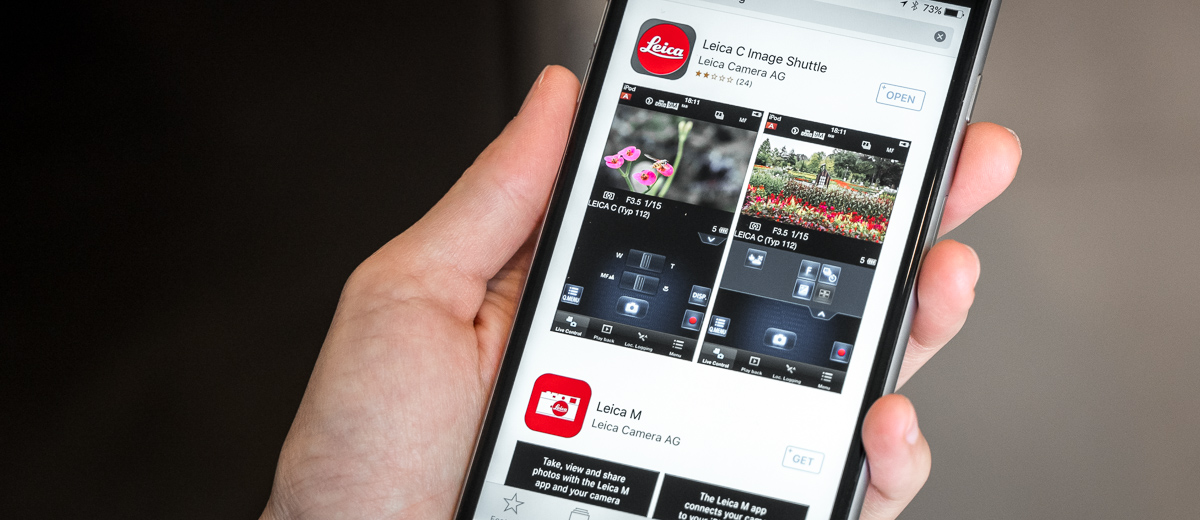
-
David Farkas wrote a new post, Leica Introduces V-Lux (Typ 114) Explorer Kit 8 years, 3 months ago
Today, Leica has introduced the V-Lux (Typ 114) Explorer Kit. The new bundle includes a stock V-Lux (Typ 114), a black nylon ‘ONA for Leica' Bowery camera bag and a Leica Rope Strap by COOPH in red. Earlier this […]

-
David Farkas wrote a new post, Leica Fixes TL2 EVF Issue with Firmware 1.1 8 years, 4 months ago
Leica has just released updated firmware for the newly launched TL2. After the first batch of cameras shipped a couple weeks ago, some early users reported their cameras being rendered inoperable. Leica […]
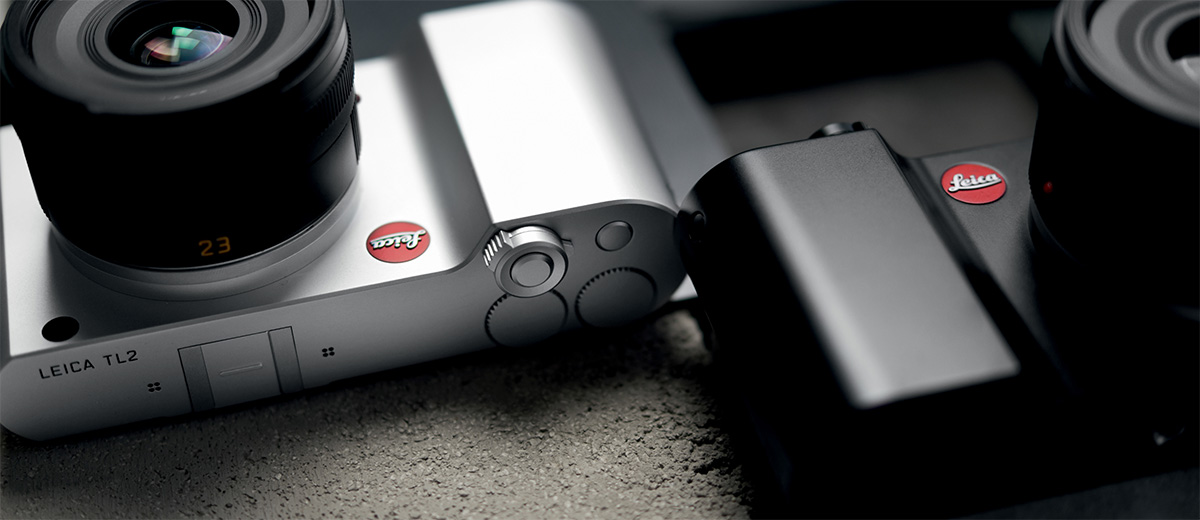
-
David Farkas wrote a new post, Leica Updates CCD Sensor Corrosion Upgrade Pricing for SL (Typ 601) 8 years, 5 months ago
In light of the recent price reduction on the Leica SL (Typ 601), Leica USA has just issued an update for the CCD Sensor Corrosion Upgrade program. After the adjustment, upgrading to an SL from a CCD-based M […]

-
David Farkas commented on the post, Why did Leica drop the price on the SL body? 8 years, 5 months ago
In reply to: David Farkas wrote a new post, Why did Leica drop the price on the SL body? With such a large price reduction for the Leica SL (Typ 601) mirrorless pro body, many are questioning Leica's motives. An act of desperation to move inventory? A new model around the corner? Is the SL system […]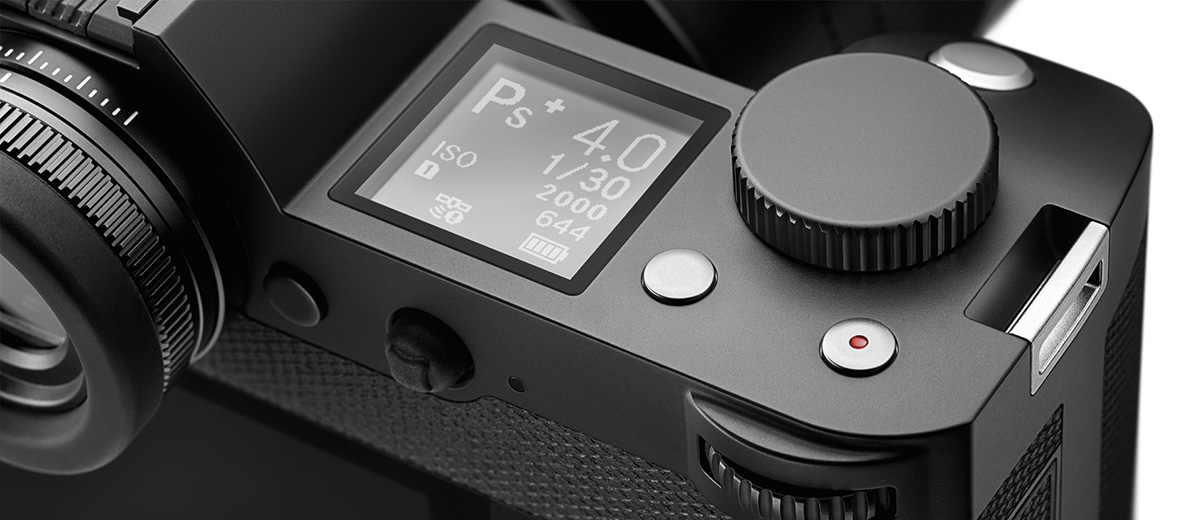 View
View
Thanks for the European info. The price drop was still greater, percentage-wise in the US.
-
David Farkas commented on the post, Leica SL (Typ 601) Price Reduced to $5,995 8 years, 5 months ago
In reply to: Josh Lehrer wrote a new post, Leica SL (Typ 601) Price Reduced to $5,995 Today, in a surprising but welcome move, Leica Camera has reduced the price of the the SL (Typ 601). The popular full-frame mirrorless camera is now $5,995, a $1,455 savings from its original price of $7,450. Th […]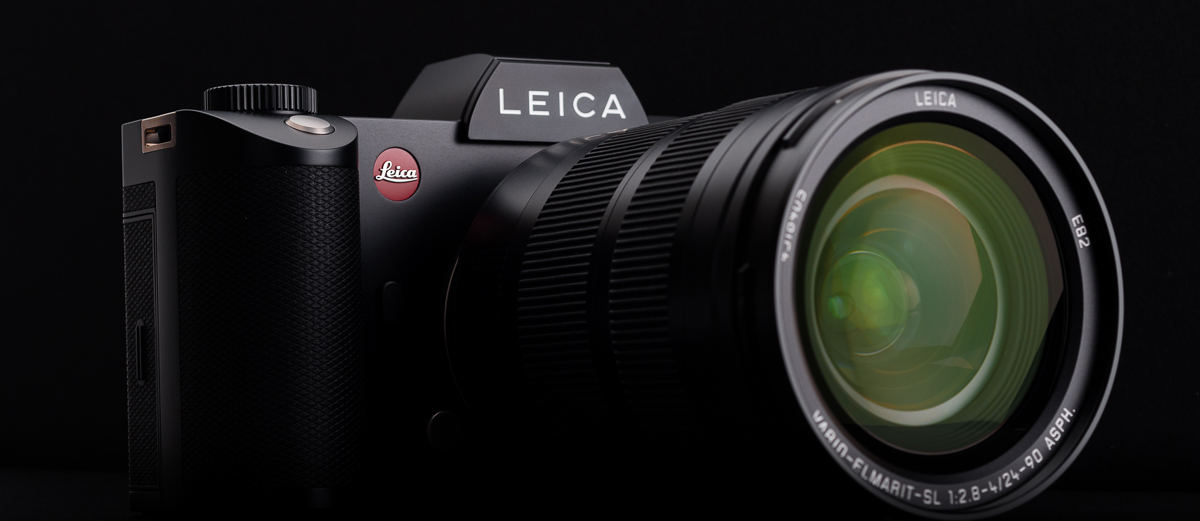 View
View
The SL is doing well, especially for a new system. Leica just wants to accelerate this process and make it more competitive to attract those outside the Leica universe.
To your point about the lens selection, the SL is actually able to accept many more lenses than an M camera. These are:
- SL autofocus native lenses, which are some of the very…
-
David Farkas wrote a new post, Leica TL2 Mirrorless Camera Introduced 8 years, 5 months ago
Leica has just announced its newest camera, the TL2. When Leica launched the original T (Typ 701) just over three years ago (you can read my review here), it’s machined unibody aluminum design and minimalist to […]

-
David Farkas wrote a new post, Why did Leica drop the price on the SL body? 8 years, 5 months ago
With such a large price reduction for the Leica SL (Typ 601) mirrorless pro body, many are questioning Leica's motives. An act of desperation to move inventory? A new model around the corner? Is the SL system […]

-
Regarding the price drop in the U.S. serving the goal of providing better global price harmonization (same price in different countries): please note that the European price dropped simultaneously from €6,900 to €5,900.
-
Thanks for the European info. The price drop was still greater, percentage-wise in the US.
-
-
-
David Farkas commented on the post, Leica Summilux-SL 50mm f/1.4 ASPH Review: A New Standard 8 years, 5 months ago
In reply to: David Farkas wrote a new post, Leica Summilux-SL 50mm f/1.4 ASPH Review: A New Standard Back at Photokina 2016, I had the pleasure of sitting down and discussing SL lenses with Peter Karbe, the head of optics at Leica. You can click the link to read the full interview, which has some great info, but […]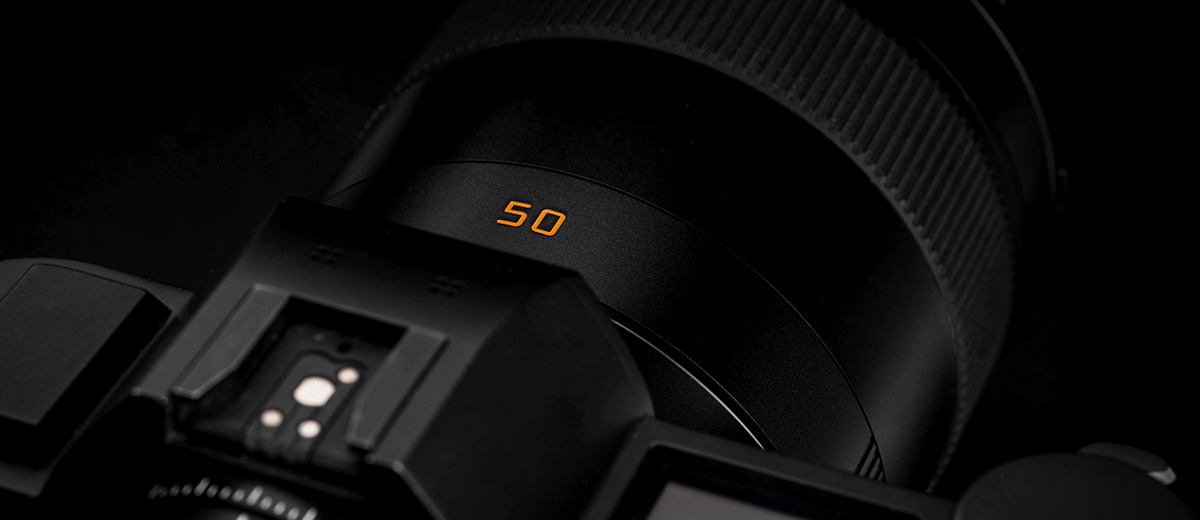 View
View
I agree that the 50 Summilux-SL is one of the best 50mm lenses Leica has ever produced, and would add that it's AF is infinitely better than the 50 APO-Summicron-M. 🙂
In all seriousness, though, I have also found the 50 SL's AF speed to be lacking, especially when compared to the lightening quick AF of the 24-90 and 90-280. It's not a fault of…[Read more]
-
David Farkas commented on the post, Leica SL (Typ 601) Price Reduced to $5,995 8 years, 5 months ago
In reply to: Josh Lehrer wrote a new post, Leica SL (Typ 601) Price Reduced to $5,995 Today, in a surprising but welcome move, Leica Camera has reduced the price of the the SL (Typ 601). The popular full-frame mirrorless camera is now $5,995, a $1,455 savings from its original price of $7,450. Th […] View
View
I don't think so. The SL was only introduced 18 months ago as a brand new system, and the lens line is still being developed. The Q is six months older and shows no signs of being replaced. Fact is, Leica's product cycles are longer now. Four years passed between the M240 and the M10. And, in many ways, the SL is still more advanced than the…[Read more]
-
David Farkas wrote a new post, Video: How to Update Firmware on the Leica M10 8 years, 5 months ago
We just posted a short how-to video walking through the firmware update process step-by-step for the Leica M10. This four minute video should hopefully answer some of the most common questions we get related to […]
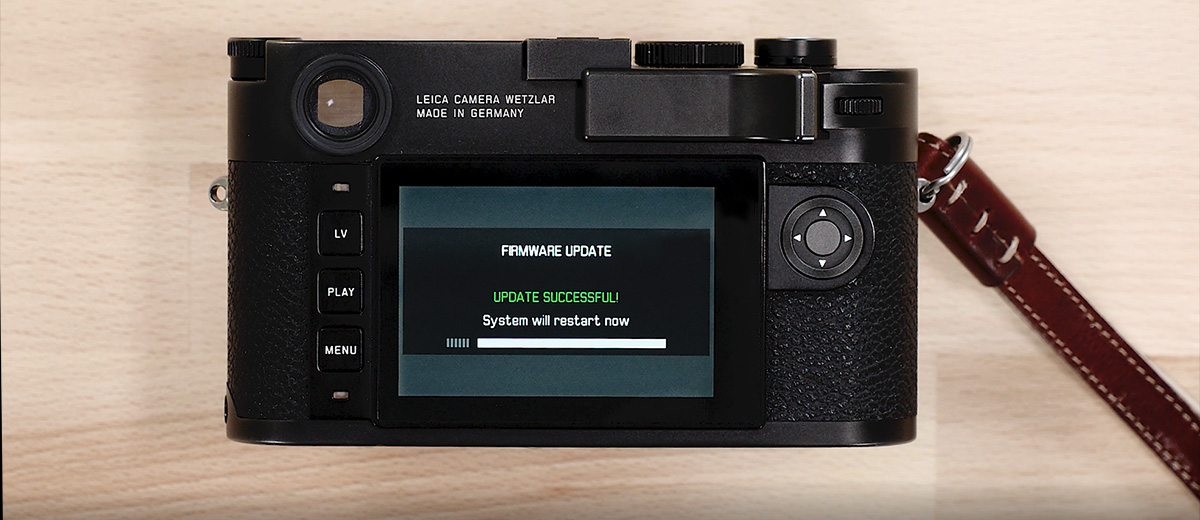
- Load More

Carlos,
The Q, with its 24MP full frame sensor will give a little better quality than the CL with an APS-C sensor. Both are going to deliver great results. The Q for me is a mini M camera where I can't take the lens off. Even two years on, it still is best in class.
Really, the decision comes down to one important criteria. If you are looking to get into a full system camera with interchangeable lenses, the CL would be the way to go. But, if you're happy with 28mm, the Q is tough to beat.
18mm is the actual focal length of the lens. On APS-C, it will be equivalent to a 28mm in full-frame terms.
Hope this helps.
Antonio,
The 18-56 TL is extremely capable, with excellent image quality and a nice focal length range. I do find myself gravitating to the 23, 35 and 60 primes more and more, though. The wider apertures and DOF control overrule flexibility for me. So, not a straight-up sacrifice in IQ. Rather a difference in overall look. And, no, I haven't ran into situations with the original T, TL2 or CL where I needed image stabilization.
David, I liked your video but didn't see a link here?